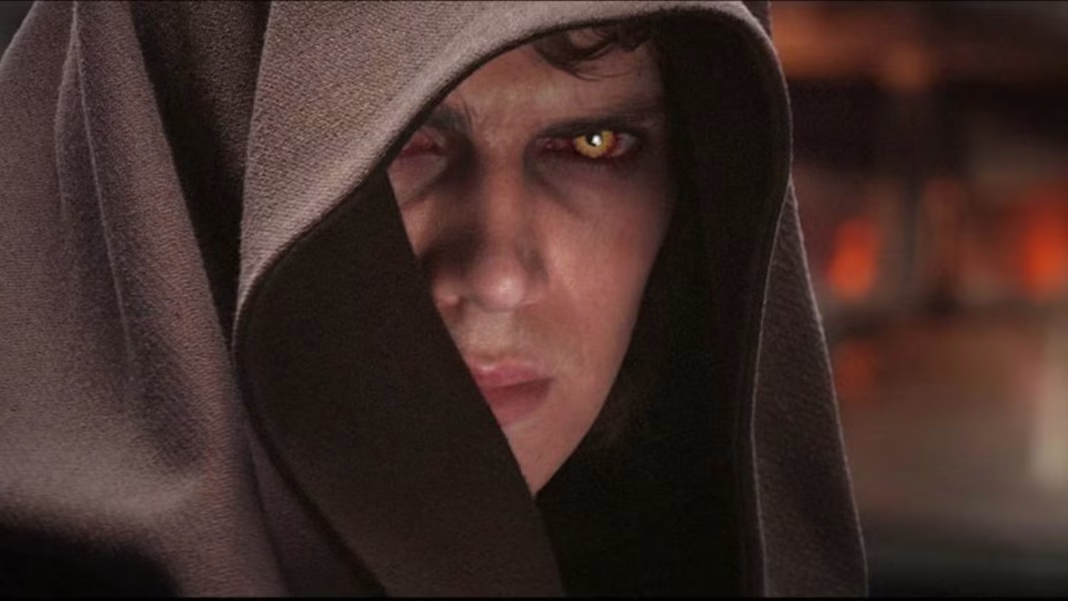Whether you’re a seasoned collector with a room full of vintage Kenner figures or just started hunting down Black Series exclusives at midnight Target runs, one thing is becoming clear: the real villain in the Star Wars collecting galaxy might not be the Empire or the Sith — it could be tariffs. As global trade tensions heat up, collectors are feeling the squeeze in their wallets, and the effects are starting to show on shelves, in pre-orders, and across the aftermarket.
Several toy companies like Funko, Mattel, and Hasbro have announced that pricing will rise very soon. Hasbro has put up a notice on hasbropulse.com that states buyers need to lock-in pre-order pricing as current pre-orders end May 9th at 12:01AM EDT. Most have speculated that costs are going up after that date. Funko released a statement yesterday regarding their pricing.
Toy dealers like Big Bad Toy Store, have sent out emails to customers stating their prices will soon reflect current tariffs imposed on items.
But what about us the collectors? How will it affect us? Here’s how this hidden menace is impacting Star Wars fandom, one import tax at a time.
What Are Tariffs and Why Do They Matter?
At their core, tariffs are taxes imposed by a government on goods imported from other countries. These taxes are typically intended to protect domestic industries, reduce trade deficits, or retaliate against unfair trade practices. But for fans and collectors of imported goods — like Star Wars collectibles — tariffs can have unintended consequences that hit close to home (and hard in the wallet).
Most Star Wars merchandise sold in the U.S. is manufactured in countries like China, Vietnam, and Mexico, where companies like Hasbro, LEGO, and Hot Toys produce toys, figures, apparel, and high-end replicas. When the U.S. government increases tariffs on toys or consumer goods from these regions, importers and manufacturers are forced to pay more to get those products into the country.
That increased cost doesn’t just disappear — it often gets passed down the supply chain:
- Manufacturers may raise their wholesale prices.
- Retailers (like Target, Walmart, and specialty toy stores) then raise the sticker price to maintain their margins.
- And finally, collectors like us end up paying more for the same items.
Even though these policies might not be targeted at the toy industry specifically, collectibles are caught in the crossfire. What’s especially frustrating is that these price hikes are often subtle and cumulative — a $20 figure becomes $23, then $25, and suddenly entire waves of products are out of reach for budget-conscious fans.
Tariffs also create unpredictability. Toy companies might delay product lines, reduce production runs, or even cancel releases to avoid paying increased fees. That means fewer figures on shelves, more competition for limited stock, and a more expensive collecting experience overall.
Impact on the Secondary Market
As retail prices climb due to tariffs, the secondary market — places like eBay, Whatnot, Mercari, Facebook groups, and specialty collector forums — is undergoing a noticeable shift. But it’s not just about prices rising; it’s about how collector behavior is evolving in response to an increasingly unstable marketplace.
One major change is the perception of value. Collectors are becoming more strategic, viewing older or previously overlooked items as better investments. Figures once considered “peg-warmers” or mass-market releases are now being snapped up because their re-release might be delayed — or canceled entirely — due to higher production costs. This could lead to an uptick in demand for loose figures, incomplete sets, or previously low-interest variants.
Additionally, international buyers — especially in regions not affected by the same tariff hikes — are turning to U.S. sellers to fill their collections. This has created a unique window for domestic resellers who now find that even mid-tier collectibles can fetch strong prices overseas. As a result, some collectors are becoming part-time flippers, using secondary sales to fund their own collections in a tougher economy.
However, volatility is also increasing. As market prices swing based on production delays, exclusivity, or sudden demand spikes, collectors are facing more FOMO-driven bidding wars, often on items that were easily accessible just months prior. Conversely, when overproduction meets soft demand, some collectibles are seeing steep price drops, creating uncertainty about what’s truly “worth” holding onto.
The result? A more active but unpredictable aftermarket, where timing and community knowledge are everything. The days of casually browsing eBay for a deal might be fading, replaced by vigilant price tracking, collector-to-collector trades, and fast-paced auctions with razor-thin margins.
What Can Collectors Do?
You can’t control the economy, but you can take steps to lessen the impact:
- Pre-order early to lock in current pricing.
- Support local stores who might offer flexible deals.
- Buy in groups to reduce shipping and import costs.
- Stay active in collector communities to monitor trends.
Star Wars collectors have always been resilient — from hunting vintage Kenner toys to waiting on Sideshow waitlists. But tariffs are a new Sith Lord to contend with. Be informed, plan ahead, and pray to the Force that things deescalate soon.
What are you going to do regarding your collecting habits. Will you scale back what you purchase for your collection? Will you just keep buying at the same rate? Perhaps you quit collecting altogether? Share your strategy with us and leave your thoughts in the comment section below.
































